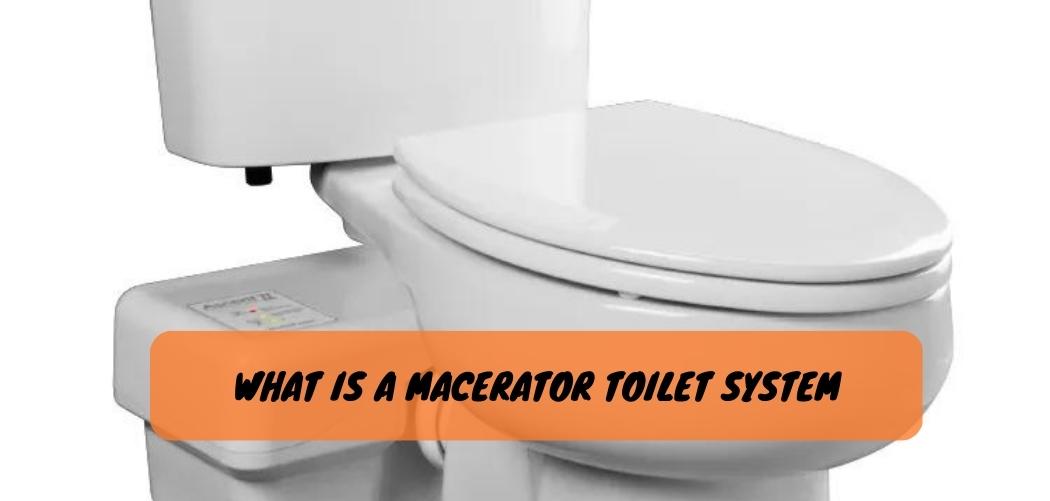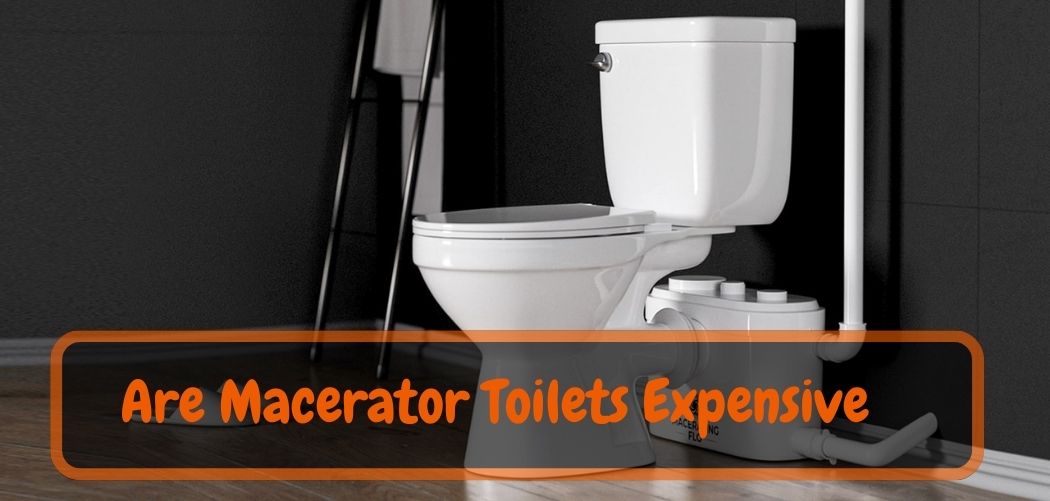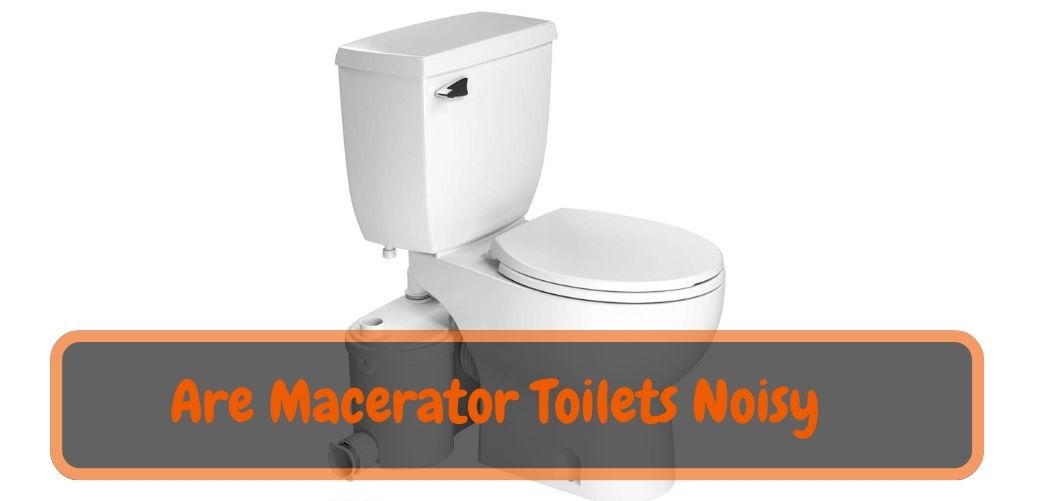What is a Macerator Toilet System? A macerator toilet system is a type of waste disposal system that grinds up sewage and human waste into a slurry. The slurry is then pumped out of the home through a small diameter pipe. Macerator systems are typically used in homes where the sewer line is too small or there is no gravity-based drainage available.
If you’ve never heard of a macerator toilet system, you’re not alone. These types of toilets are becoming more popular in homes and businesses, but they’re still relatively unknown to most people. So, what is a macerator toilet system?
Macerator toilets have a built-in grinder that pulverizes waste before it is flushed away. This makes the toilet much more efficient than a traditional model and allows it to handle larger volumes of waste with ease. Macerator toilets also don’t require as much water to flush, which can save you money on your water bill.
There are a few disadvantages to macerator toilets, however. The biggest one is that if the power goes out, the toilet won’t work. Additionally, these toilets can be more expensive than traditional models and may require special installation.
But overall, macerator toilets are a great option for those who want an efficient and effective way to deal with their waste.
How Does a Macerator Toilet Work
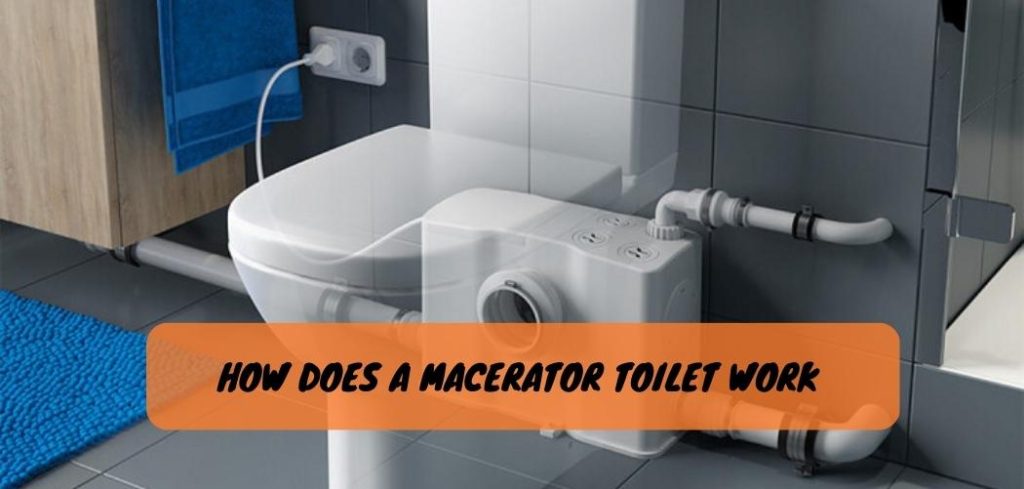
A macerator toilet is a specially designed toilet that grinds up waste and then disposes of it through a small pipe. This type of toilet is becoming increasingly popular because it doesn’t require a traditional sewage system. Instead, the macerator toilet can be connected to a small water line, making it ideal for homes and businesses that are not connected to a sewer system.
The macerator toilet has a grinding chamber that breaks down solid waste into smaller pieces. The waste is then pumped out through a small pipe (usually 1/2 inch in diameter) to the wastewater treatment system or septic tank. Macerator toilets are very efficient and can handle up to 80% more waste than a standard flush toilet.
What is a Macerator Toilet in an Rv
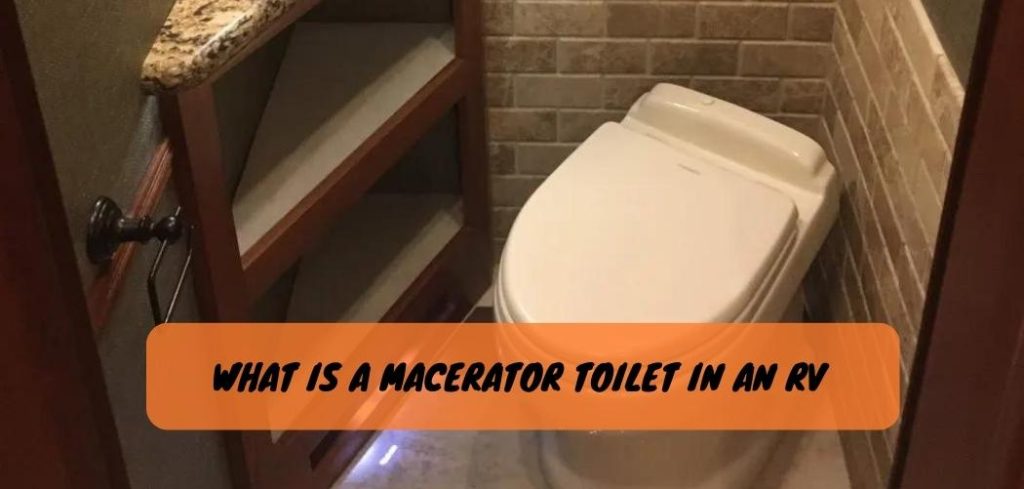
If you’ve ever been RVing, you know that one of the most important things is having a toilet on board. But what is a macerator toilet? And how does it work?
A macerator toilet is a type of self-contained toilet that grinds up waste and pumps it out through a small pipe. This means that you don’t have to deal with large tanks of sewage like you do with traditional RV toilets.
Macerator toilets are great for two reasons: they’re easy to use, and they’re much more efficient than traditional RV toilets.
Here’s how they work:
First, you’ll need to add water to the bowl. The amount of water you’ll need will depend on the size of the bowl, but as a general rule, you should add about 1 cup (250 mL) of water per person per day.
Macerator Toilet Building Regulations

If you’re planning on installing a macerator toilet in your home, there are a few building regulations you need to be aware of. First, the waste pipe from the toilet must be connected to the sewer line with an airtight connection. This is to prevent odors and gases from seeping back into your home.
Second, the macerator unit itself must be installed at least 18 inches above the floor so that it’s easily accessible for maintenance and repairs. Finally, make sure the electrical outlet you’ll be using is properly grounded and rated for the amperage required by the macerator unit. Follow these guidelines and you’ll be able to install your new toilet without any problems!
Macerating Toilet Pros And Cons

TheMacerating toilets are a type of sewage treatment system that is becoming increasingly popular in homes and businesses. There are many advantages to using a macerating toilet, but there are also some potential disadvantages that should be considered before making the switch. One of the biggest advantages of macerating toilets is that they can be installed just about anywhere.
This is because they do not require a traditional sewer line connection. Instead, macerating toilets have their own internal pump and tank system that grinds up sewage and disposes of it through an above-ground pipe. This means that you can install a macerating toilet in your home or business without having to worry about connecting it to the municipal sewer system.
Another advantage of macerating toilets is that they are much more efficient than traditional toilets. Macerating toilets use less water per flush and can handle larger loads of waste without clogging. This makes them ideal for high-traffic areas like office buildings or public restrooms.
However, there are also some potential drawbacks to using macerating toilets. One of the biggest concerns is that if the power goes out, the toilet will not be able to operate properly. This could lead to serious health hazards if raw sewage begins backing up into the home or business.
Additionally, macerating toilets can be quite loud when they are running – something to consider if you plan on installing one in your bedroom!
Where Does the Waste Go from a Macerator Toilet?
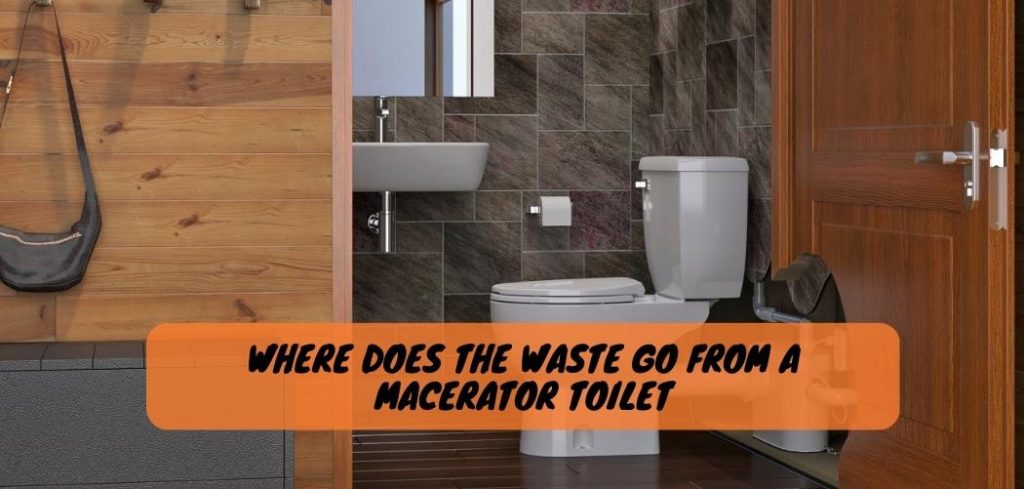
Macerator toilets are a type of sewage treatment system that grinds up human waste and disposes of it through the sewer system. The macerator toilet first grinds up the waste into small pieces before flushing it out with water. This type of toilet is typically used in homes and businesses that are not connected to a municipal sewer system.
When human waste enters a macerator toilet, it is first ground up into small pieces by rotating blades. The small pieces of waste are then flushed out of the toilet with water. The amount of water used in this process varies depending on the model of macerator toilet, but is typically around 1 gallon (3.8 L) per flush.
The main advantage of using a macerator toilet is that it allows for sewage disposal without the need for a septic tank or connection to a municipal sewer system. Additionally, macerator toilets can be installed in locations where gravity-based systems would not work, such as in high-rise buildings.
What is the Point of a Macerating Toilet?
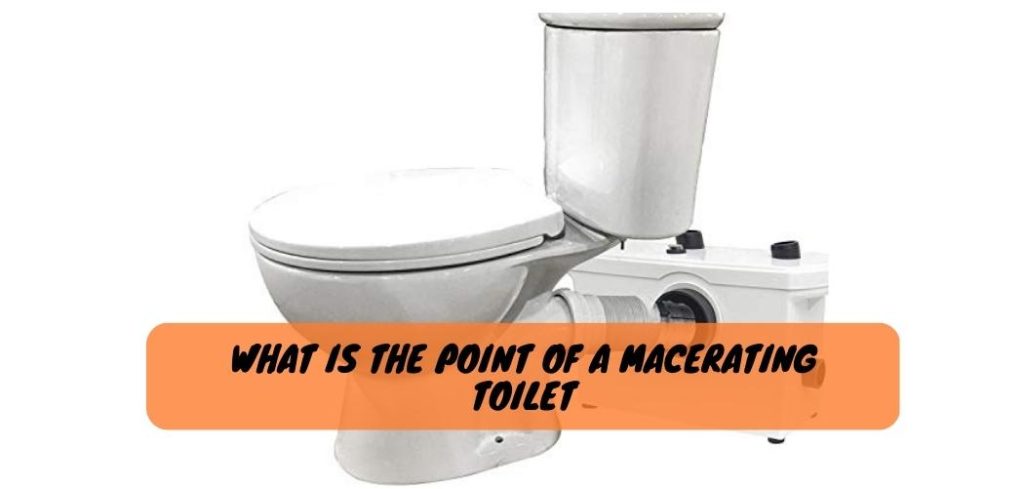
Macerating toilets are specially designed toilets that can grind up and break down human waste, making it easier to pump out of the home. This type of toilet is often used in homes where the sewer line is not connected to the main sewer system, or when the home is located on a hill or high above the street. Macerating toilets are also common in RVs and boats.
What is the Difference between a Macerator Toilet And a Normal Toilet?

Macerator toilets are different from normal toilets in a few key ways. First, macerator toilets have a built-in grinder that pulverizes waste before it is flushed. This allows for a more complete flush and prevents clogs.
Secondly, macerator toilets often have higher flush rates than normal toilets, meaning they can clear waste more quickly and efficiently. Finally, macerator toilets typically require less water to operate than traditional toilets, making them more environmentally friendly.
How Do You Empty a Macerator Toilet?
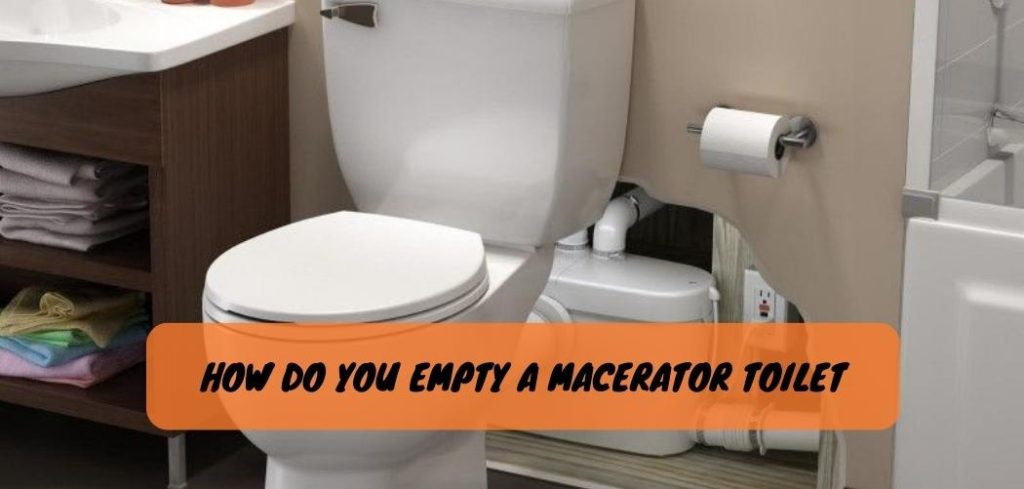
Assuming you have a macerator toilet in your home, and you want to know how to empty it, here are the steps:
1. Turn off the power to the unit. This can usually be done by unplugging it from the outlet or flipping a switch near the unit.
2. Remove any debris that may be clogging the blades of the macerator using a plunger or plumber’s snake.
3. Pour a cup of white vinegar into the bowl of the toilet and let it sit for 30 minutes to break down any remaining waste material.
4. Flush the toilet several times to clear out all of the vinegar and waste material.
Macerating Toilets: What you need to know
Conclusion
A macerator toilet system is a type of sewage treatment system that grinds up waste material so that it can be easily removed from the home. This type of system is often used in homes where there is no sewer connection, or in areas where the soil is not suitable for a septic system. Macerator toilet systems are also commonly used in RVs and boats.


